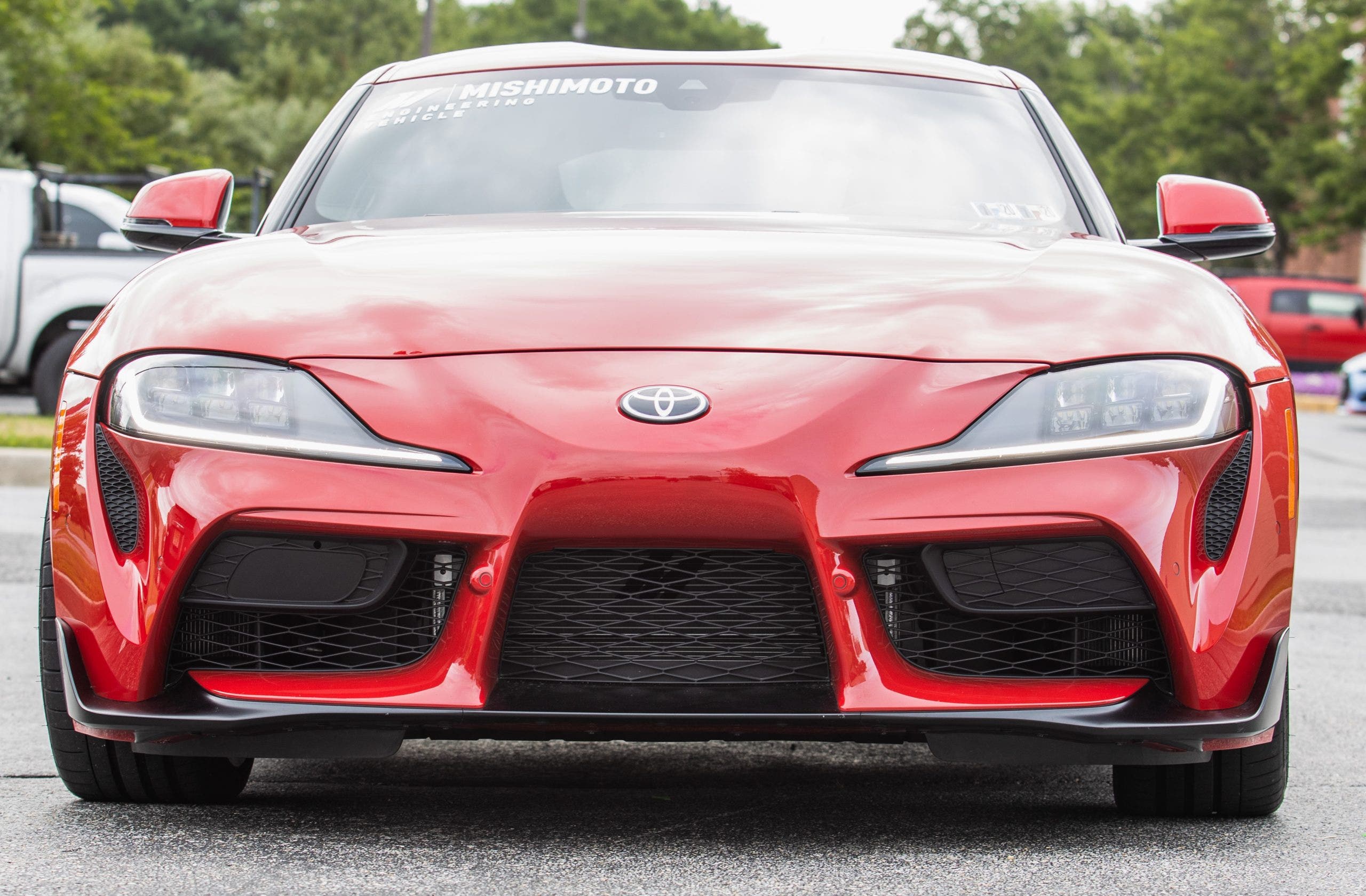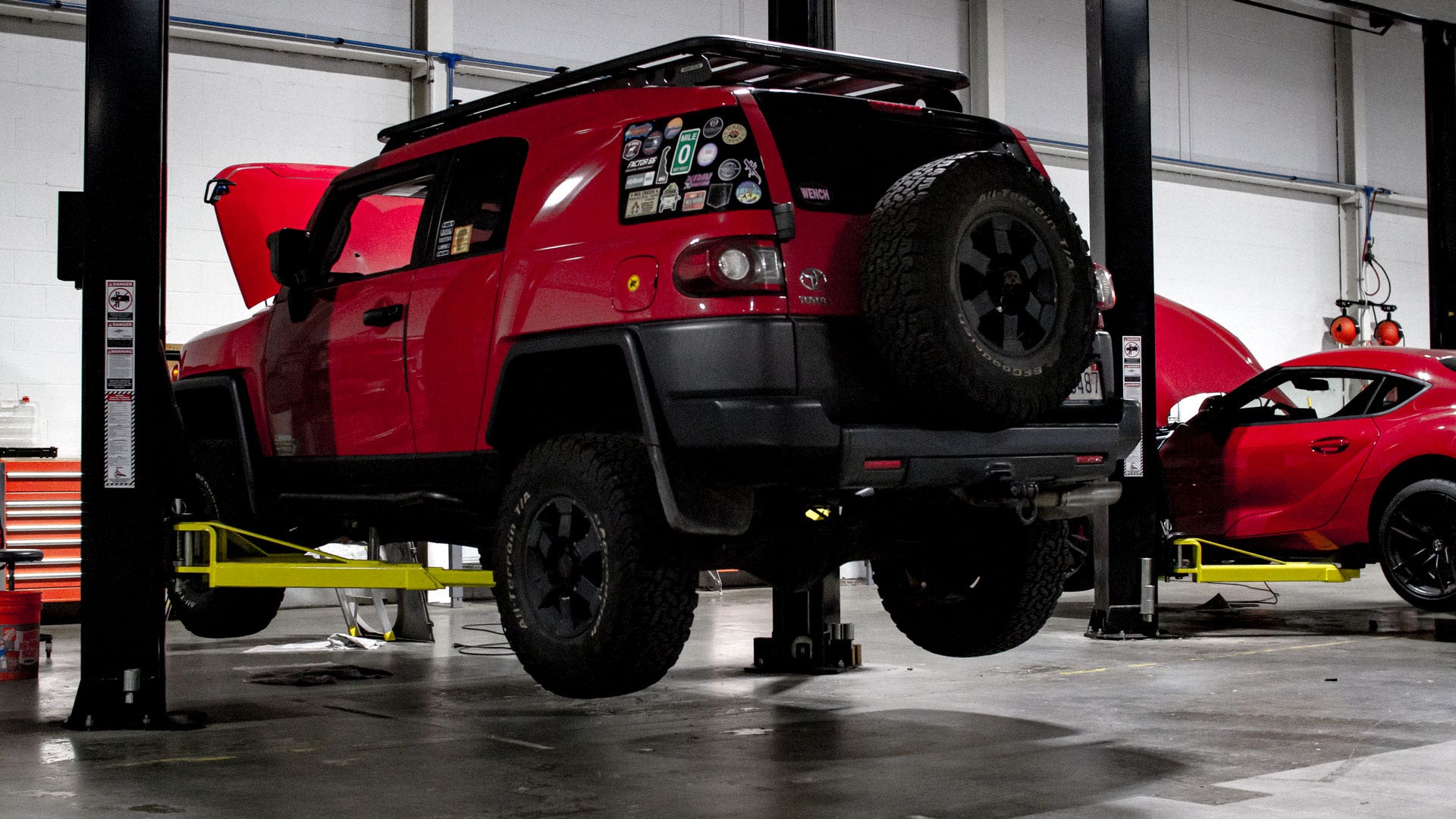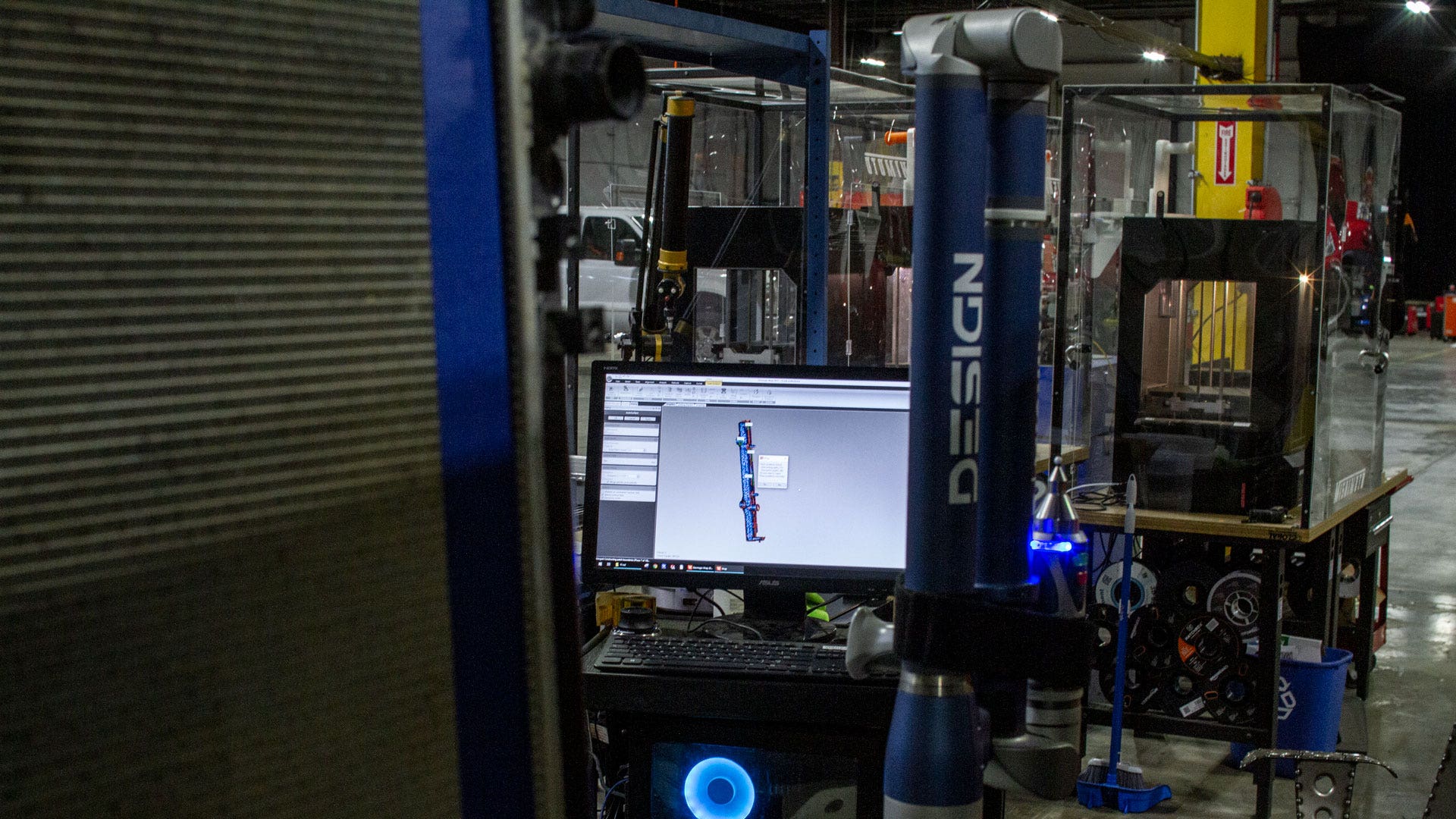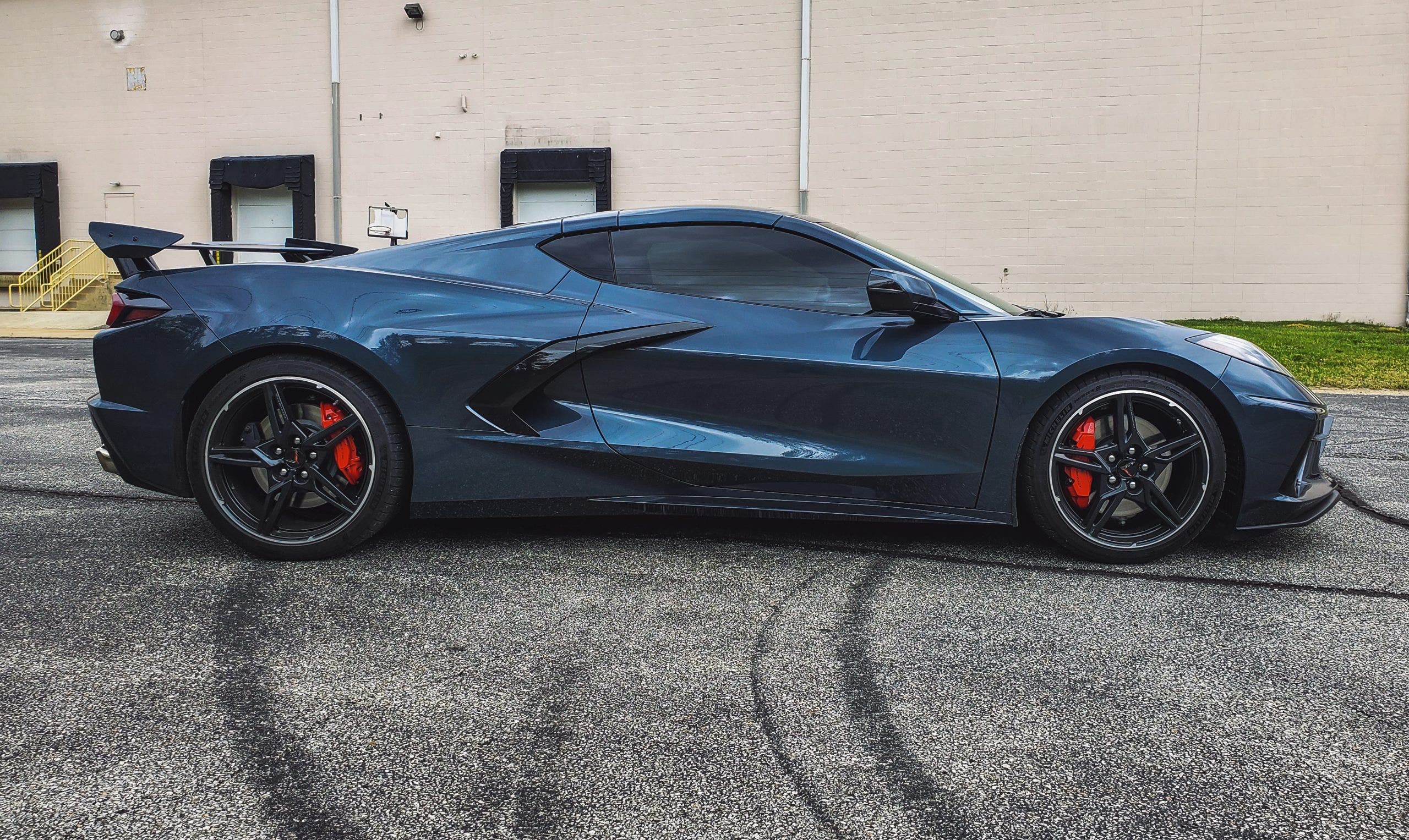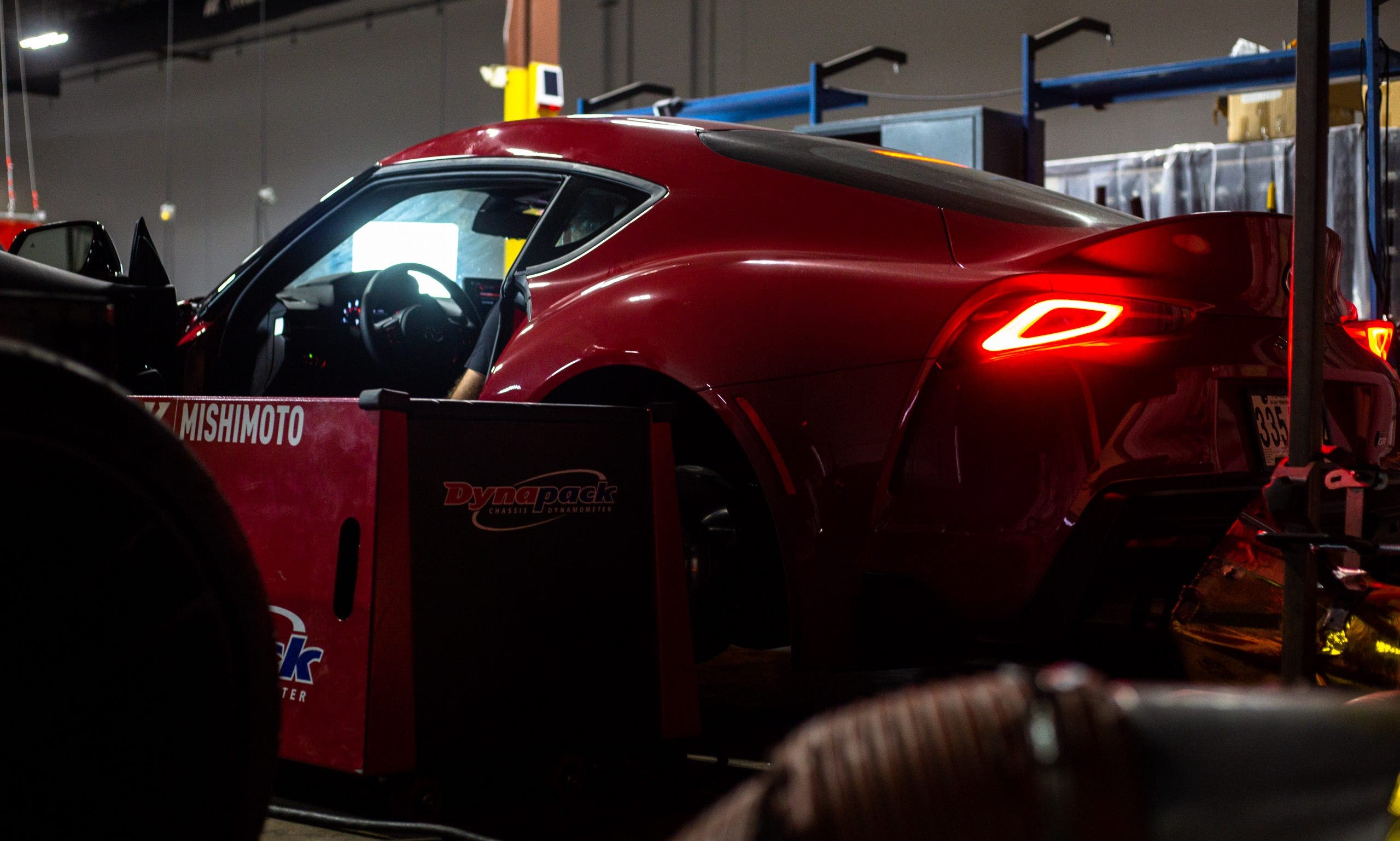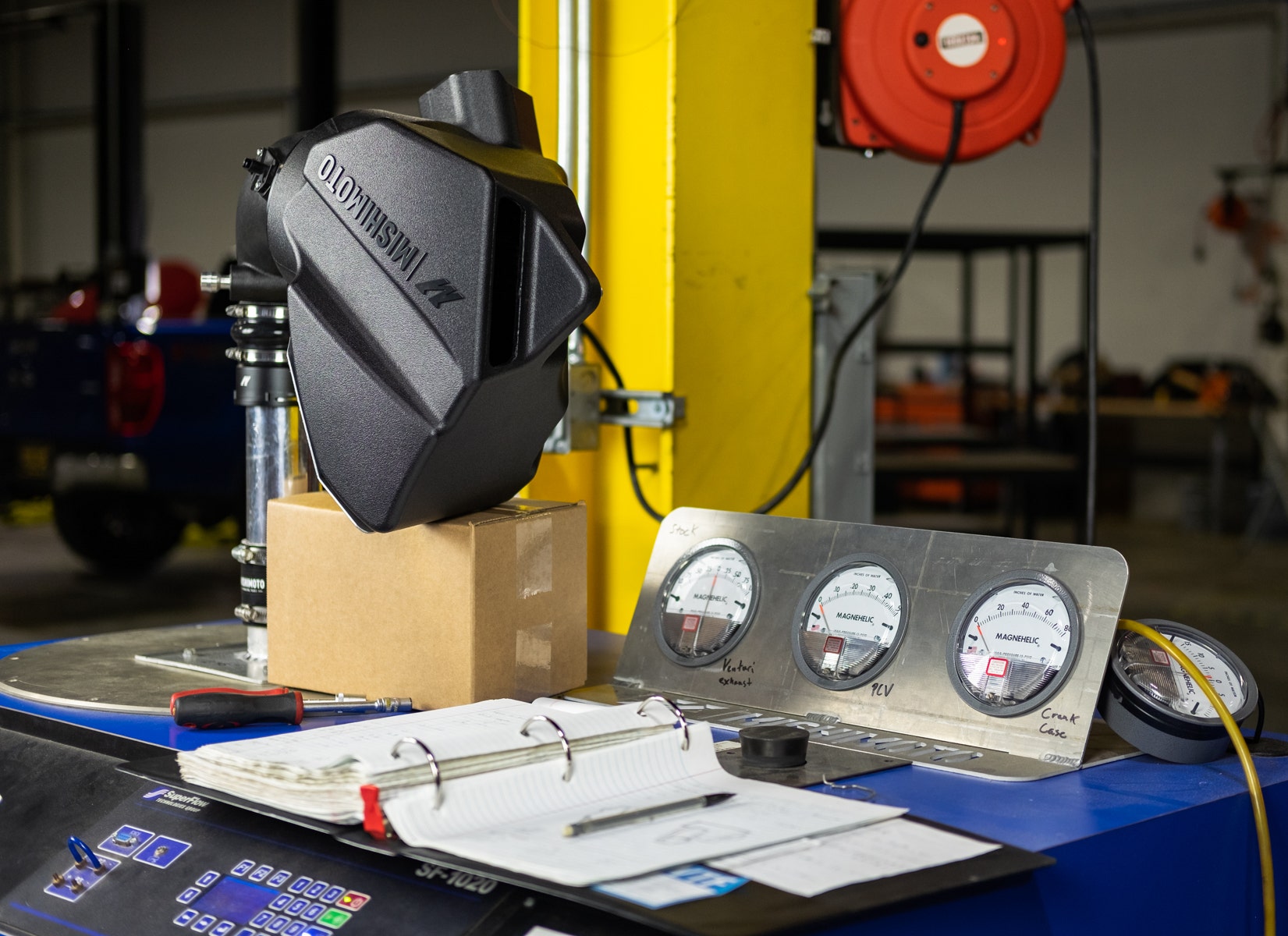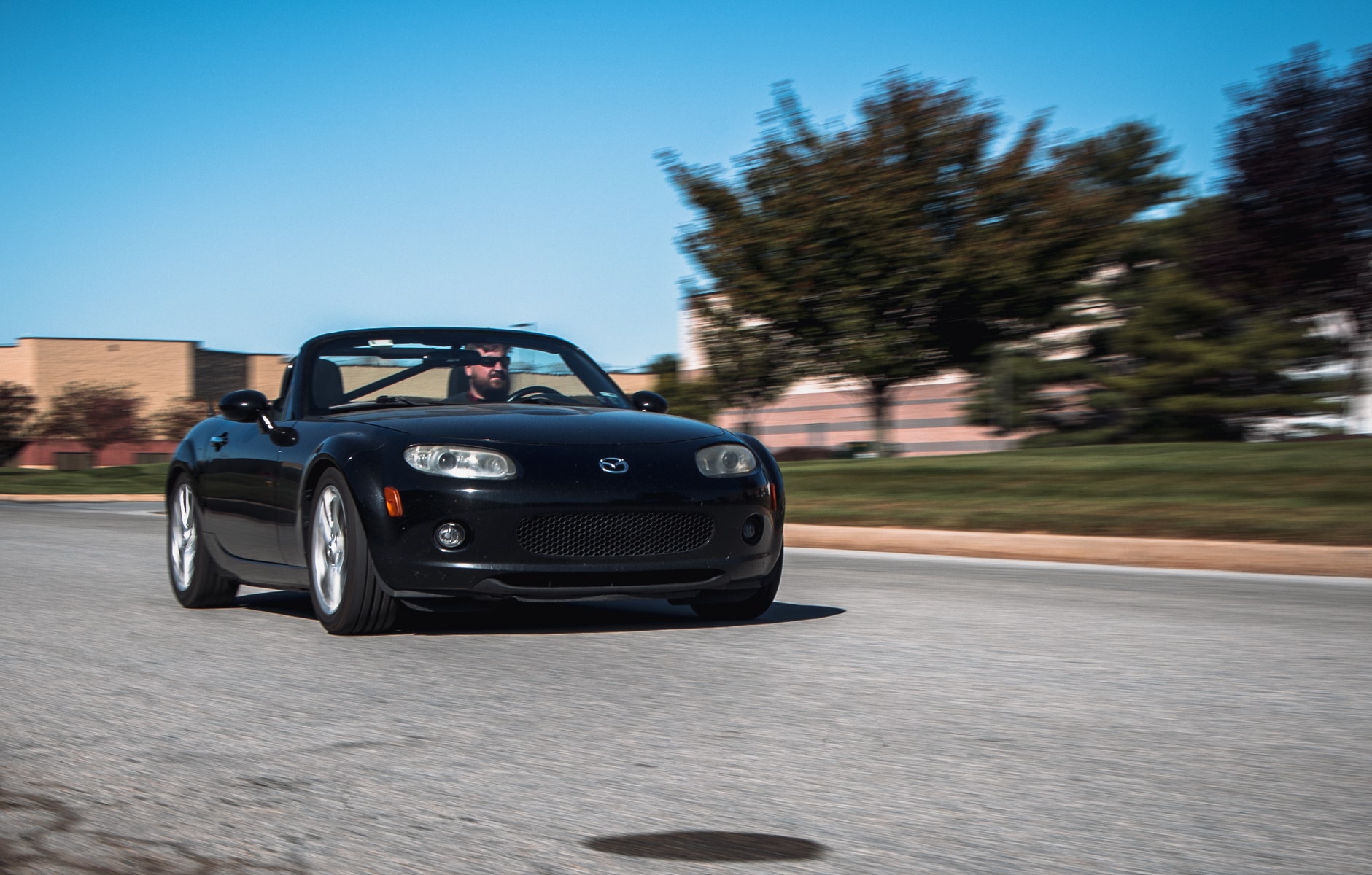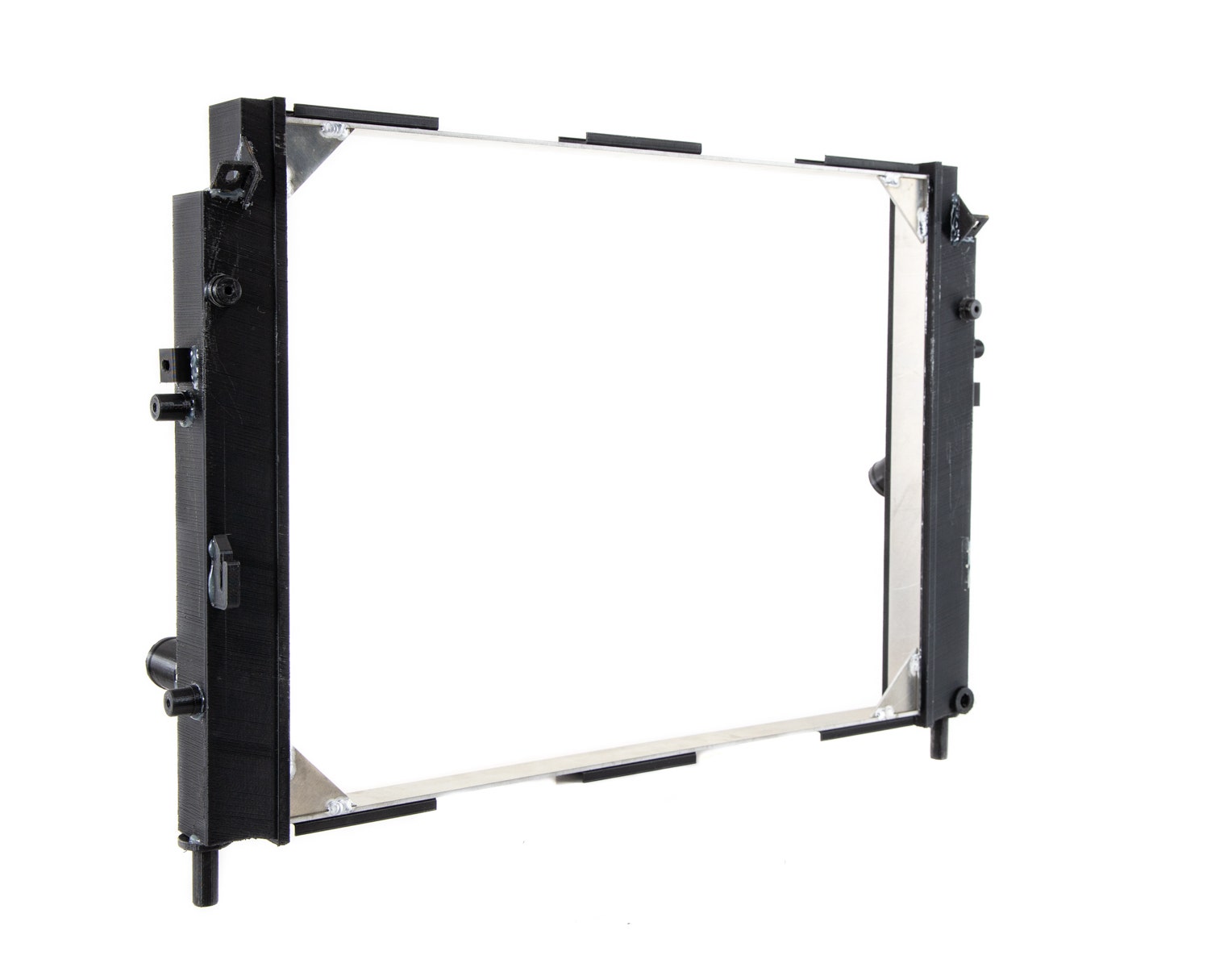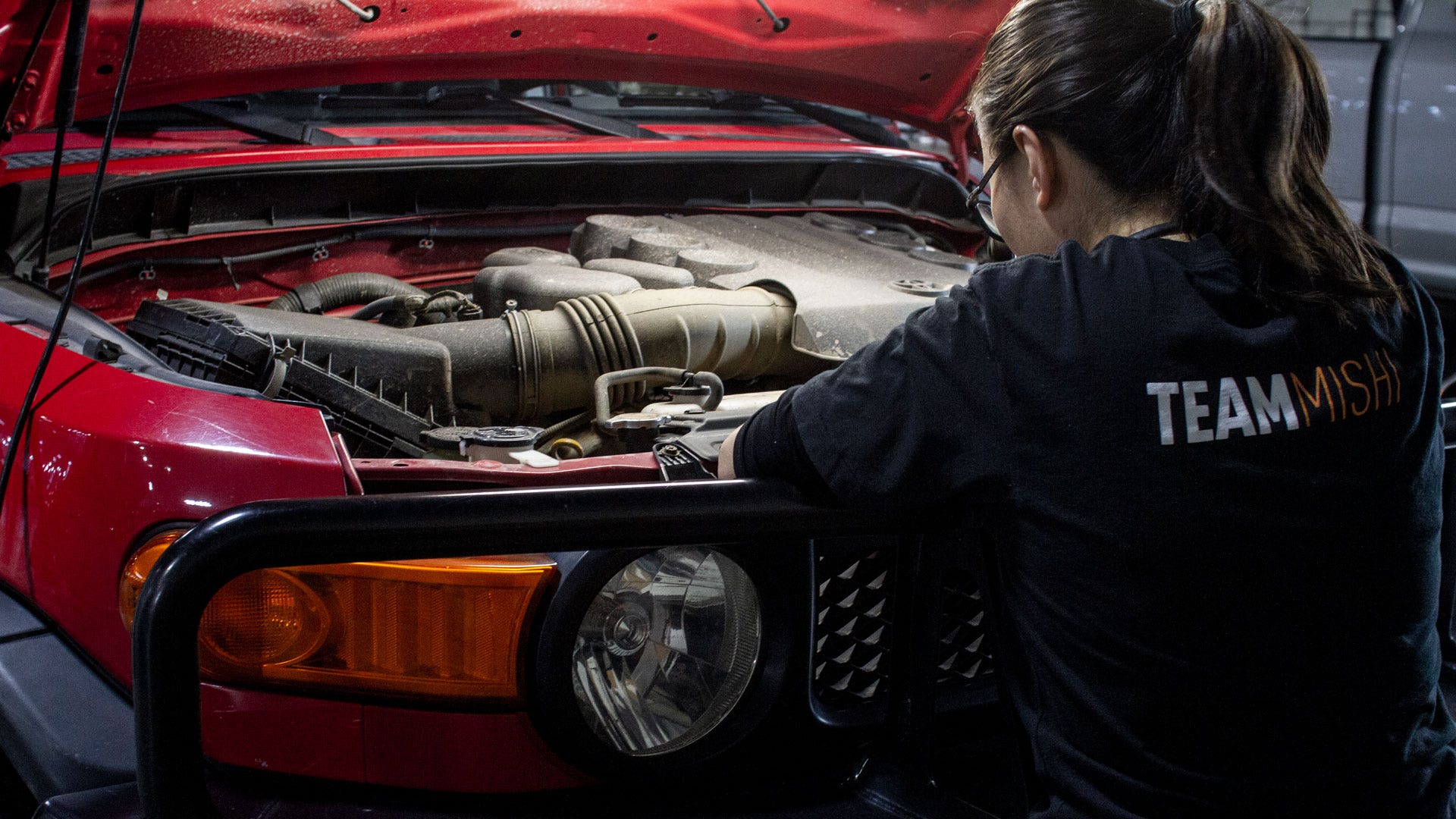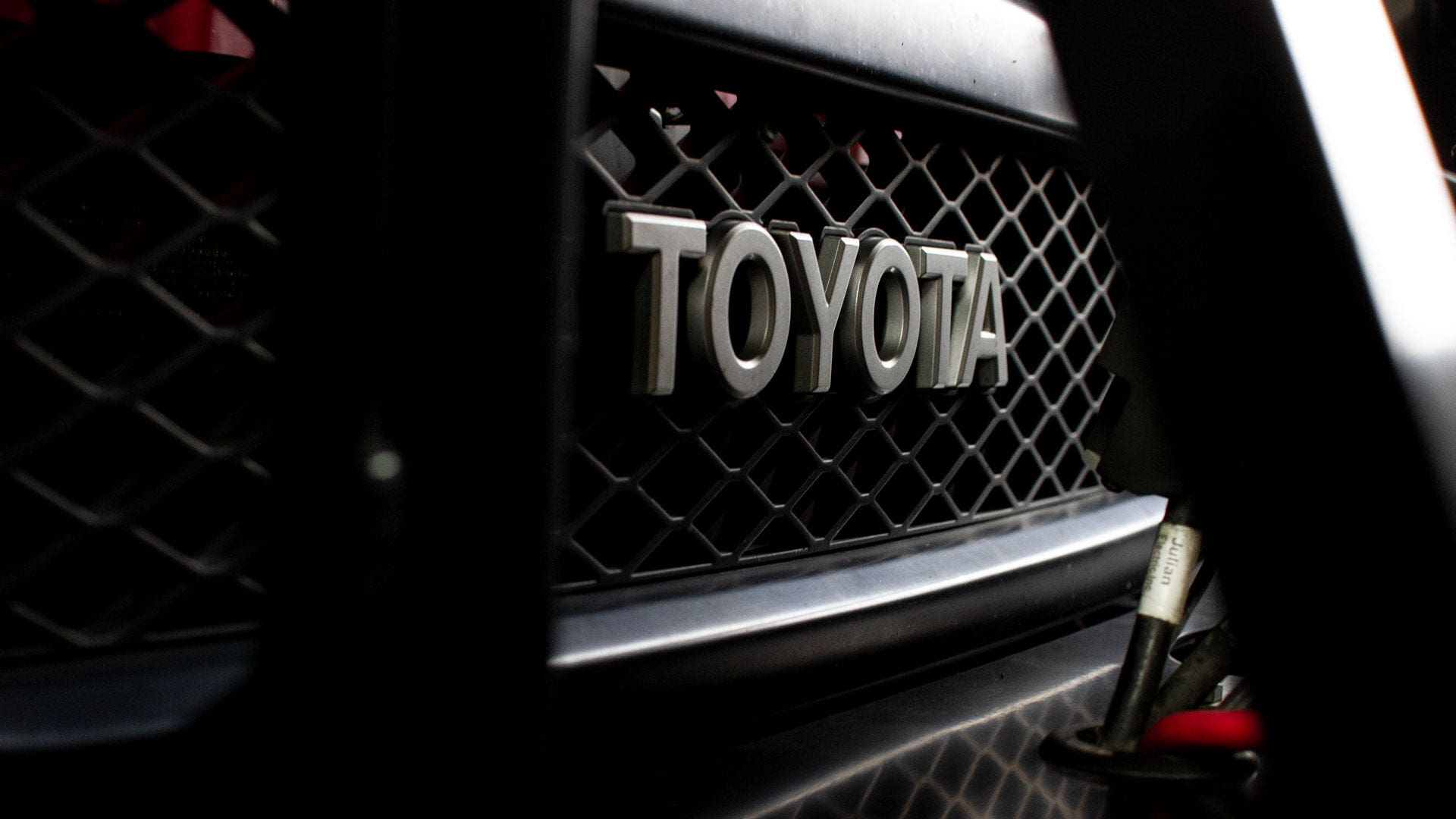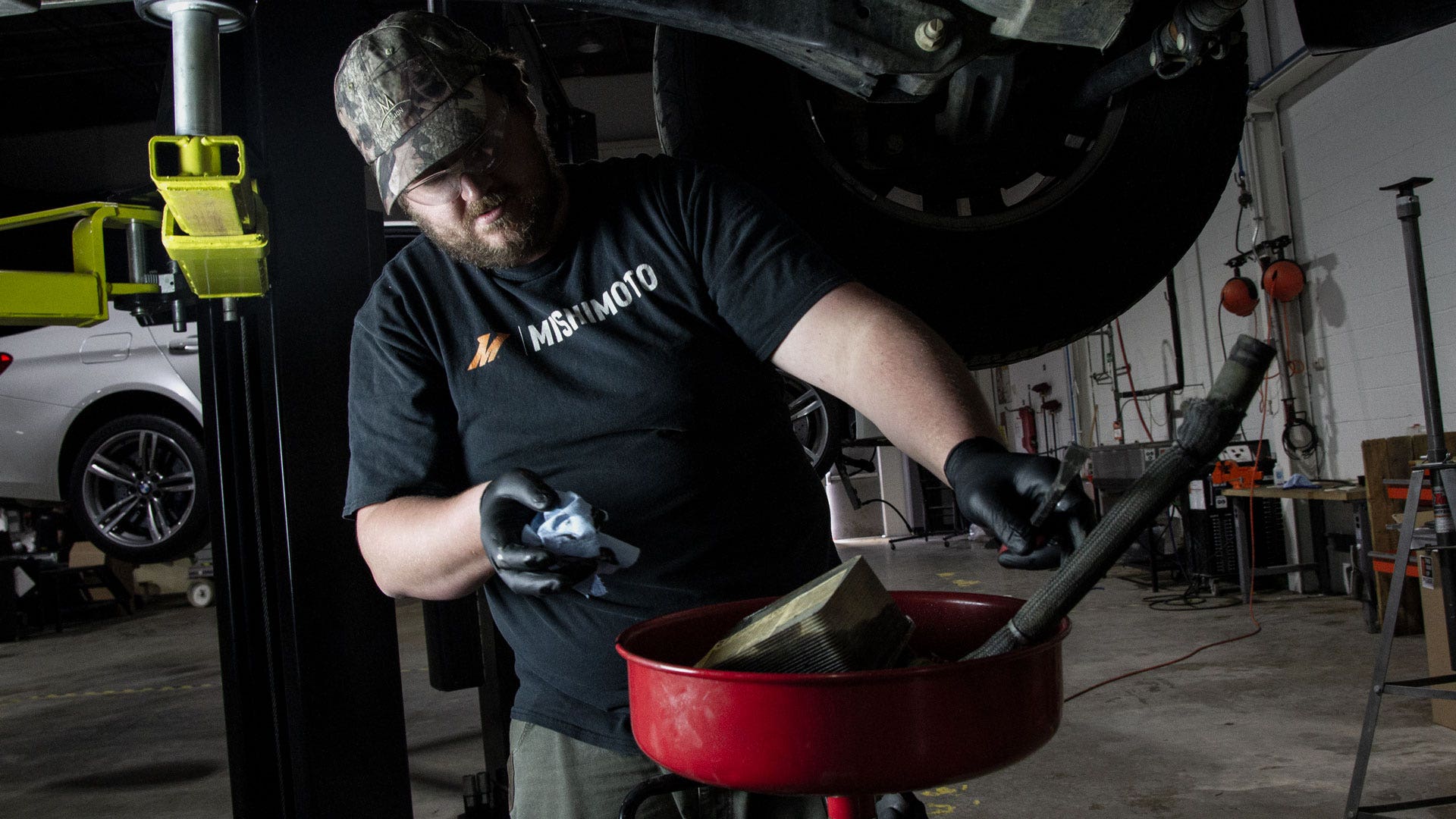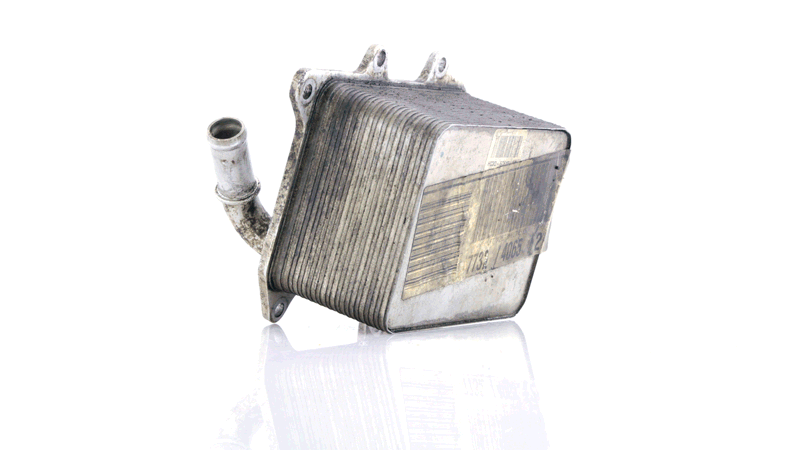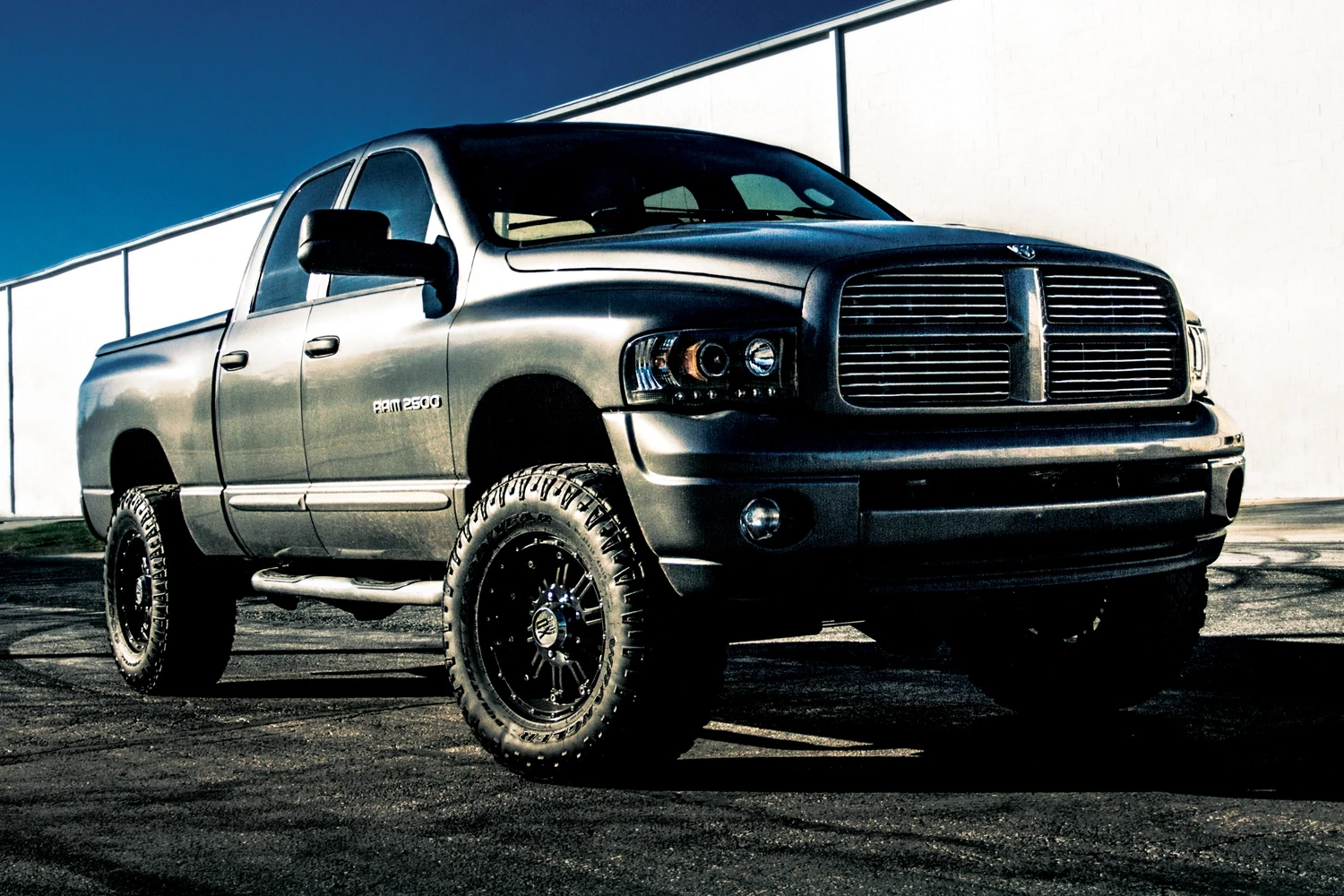TRANSMISSION COOLER, FITS TOYOTA GR SUPRA 3.0L, 2020+
It's old news now that the Supra has returned. Back in late 2018, it didn't seem like there could be anything hotter in automotive news media. The Supra returned. What else, mattered? Plenty more mattered, as it turns out, as the heat has since blown over on this subject, and the Supra's are quite literally generating their own heat out on the roads and tracks. As we covered in the first post, heat in your automatic transmission is fine, but too much heat is not good. Luckily, we've already devised a solution to keep the Supra shifting at the right temperature.
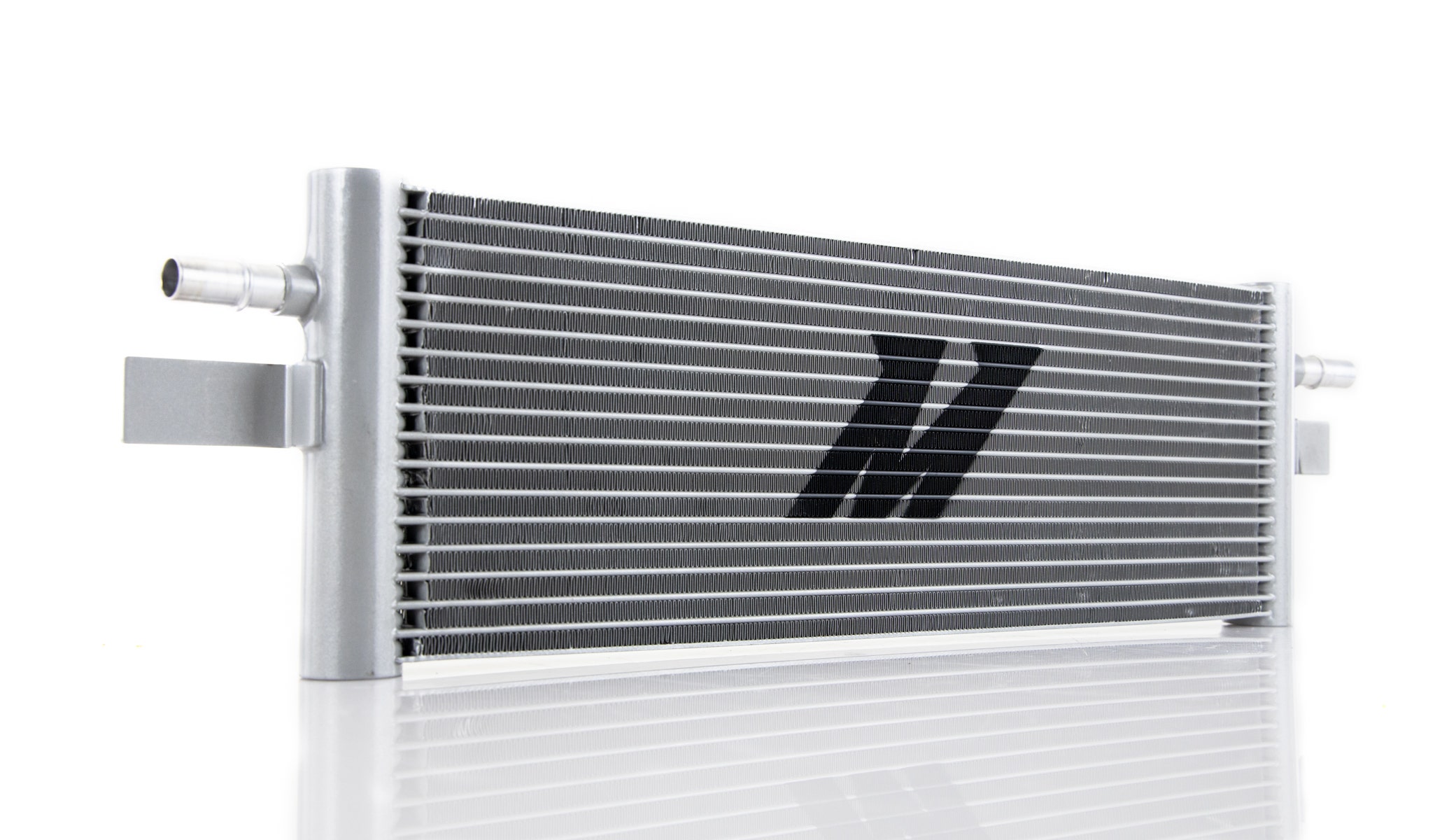
We already gave you a preview of our design,
